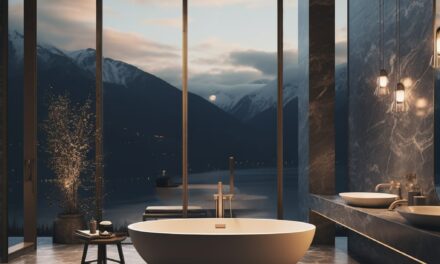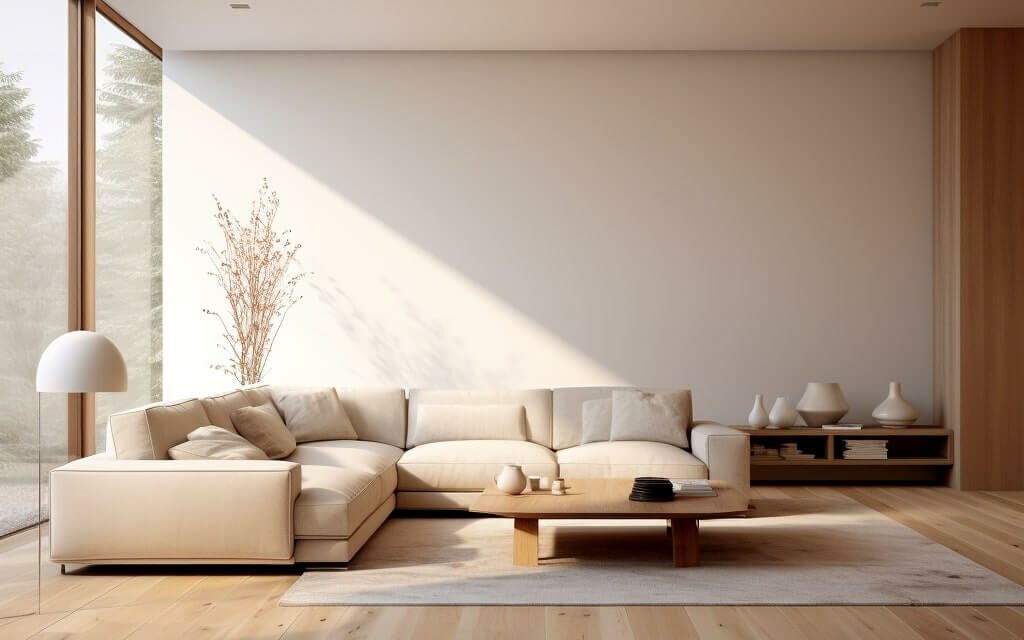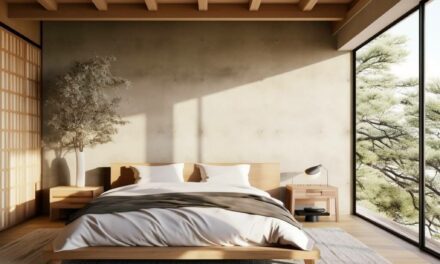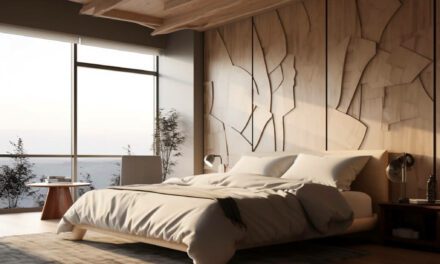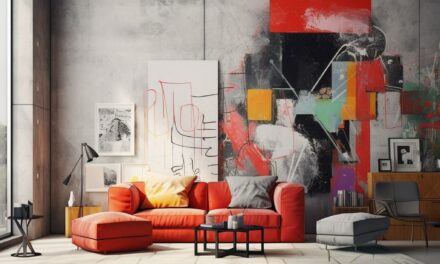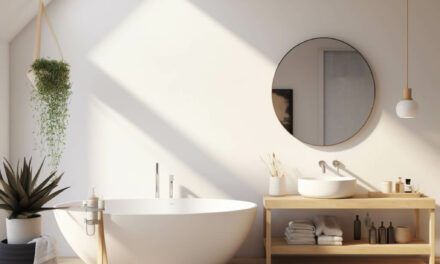I’ve always been drawn to minimalist interior design.
Even as a kid, I preferred tidy, uncluttered spaces to the maximalist style that was popular in the 90s.
As I’ve gotten older and lived in my own apartments and houses, I’ve tried to cultivate a minimalist aesthetic.
While it’s been a journey to pare down and stick to my minimalist interior design principles, I’m ultimately happier and more relaxed in an intentionally designed, clutter-free home.
In this blog post, I’ll take you through my journey to a minimalist home.
I’ll share how I define minimalism, the benefits I’ve experienced by living with less, the steps I’ve taken to declutter and optimize my space, and my best tips for maintaining a minimalist home without slipping back into clutter.
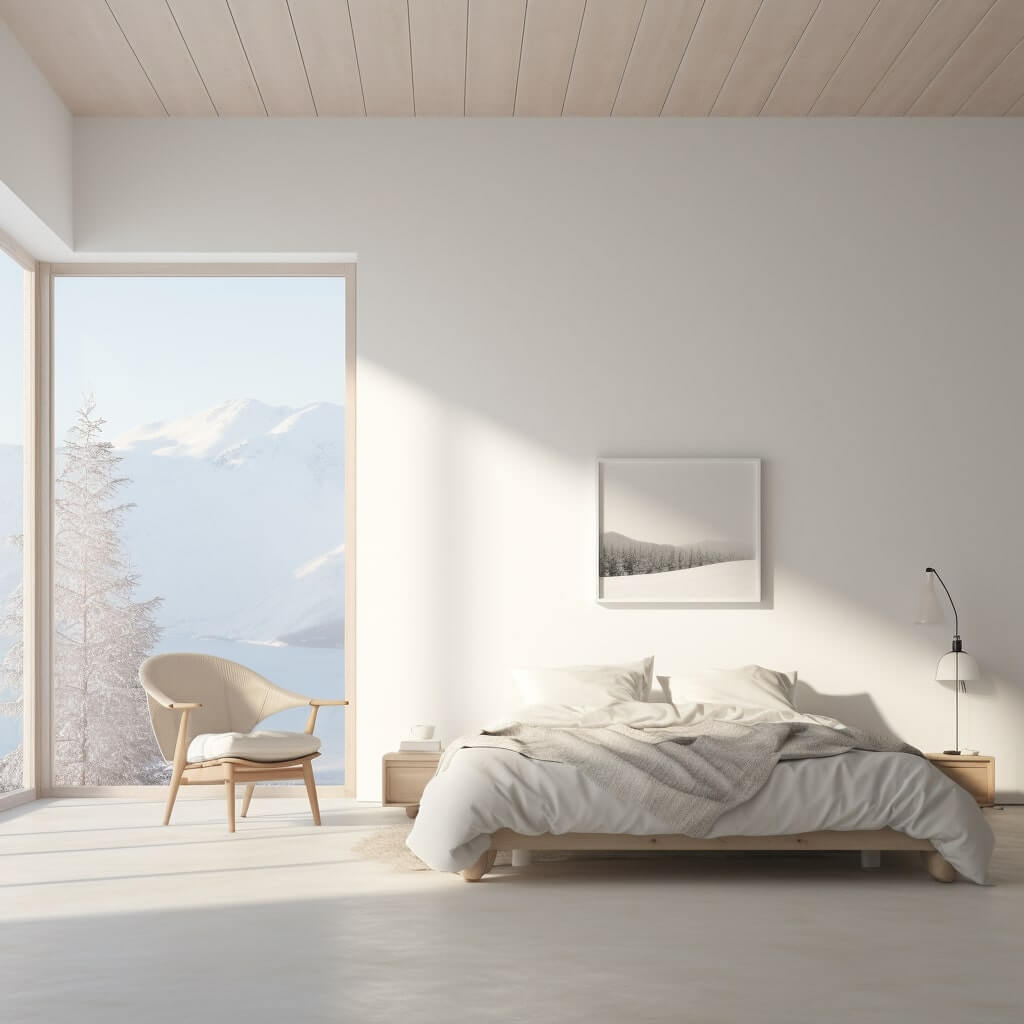
What is Minimalist Interior Design?
Minimalism means different things to different people. For me, minimalist interior design embodies 4 key principles:
- Focus on simplicity – A minimalist home features clean lines and a limited color palette. The goal is to simplify and remove visual clutter.
- Purchase multifunctional pieces – With less stuff, each piece you do own should serve multiple purposes. Instead of buying single-use gadgets, invest in quality, functional furniture and decor.
- Highlight quality over quantity – Purchase and keep only beautiful, durable pieces you truly love. Carefully curate each object.
- Focus on essentials – Only keep items you use, need and cherish. Everything else is clutter and visual noise.
With these principles in mind, my minimalist interior design style has emerged. The look is clean, unfussy, clutter-free and emphasizes functional, high-quality furniture, décor and objects.
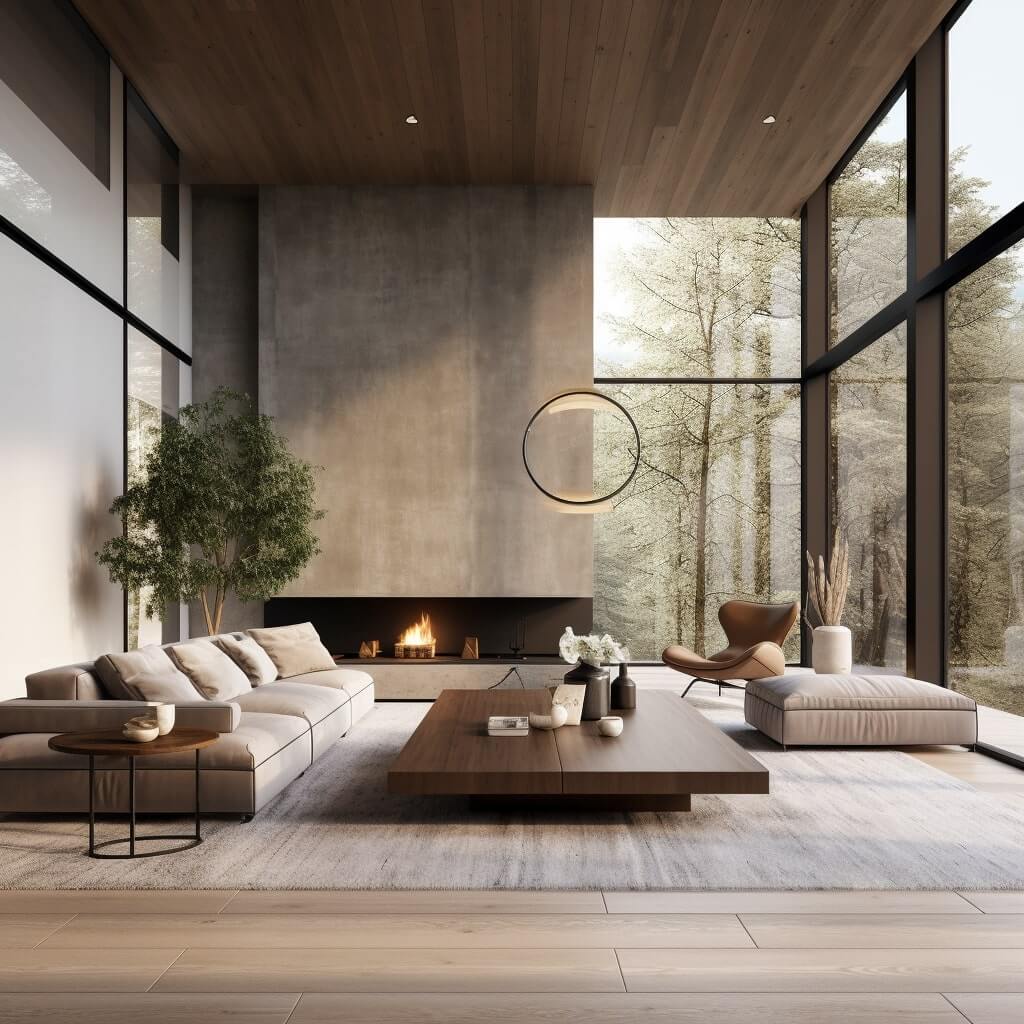
The Benefits of a Minimalist Home
I’ve found living with less incredibly rewarding. Here are some of the benefits I’ve experienced:
- Less stress – Without clutter and chaos, my mind feels clear and calm. Tidying and organizing is quick and easy.
- More time – I no longer waste time looking for lost items or cleaning disorganized spaces. I have more availability to do activities I enjoy.
- Money saved – I only buy furniture and decor I truly love and need. No impulse purchases or clutter accumulates.
- Focus on what matters – With fewer distractions, I’m present with loved ones and engaged in hobbies I care about. Life feels more meaningful.
- Healthier habits – Without clutter everywhere, I cook more and am motivated to clean. I also entertain guests more often in my tidy home.
- Appreciation for belongings – I have a deeper gratitude and care for the items I do allow in my home since they serve a purpose and spark joy.
Living with less gives me control over my space and a sense of peace and calm every time I walk through my front door. The benefits minimalism provides are profound.
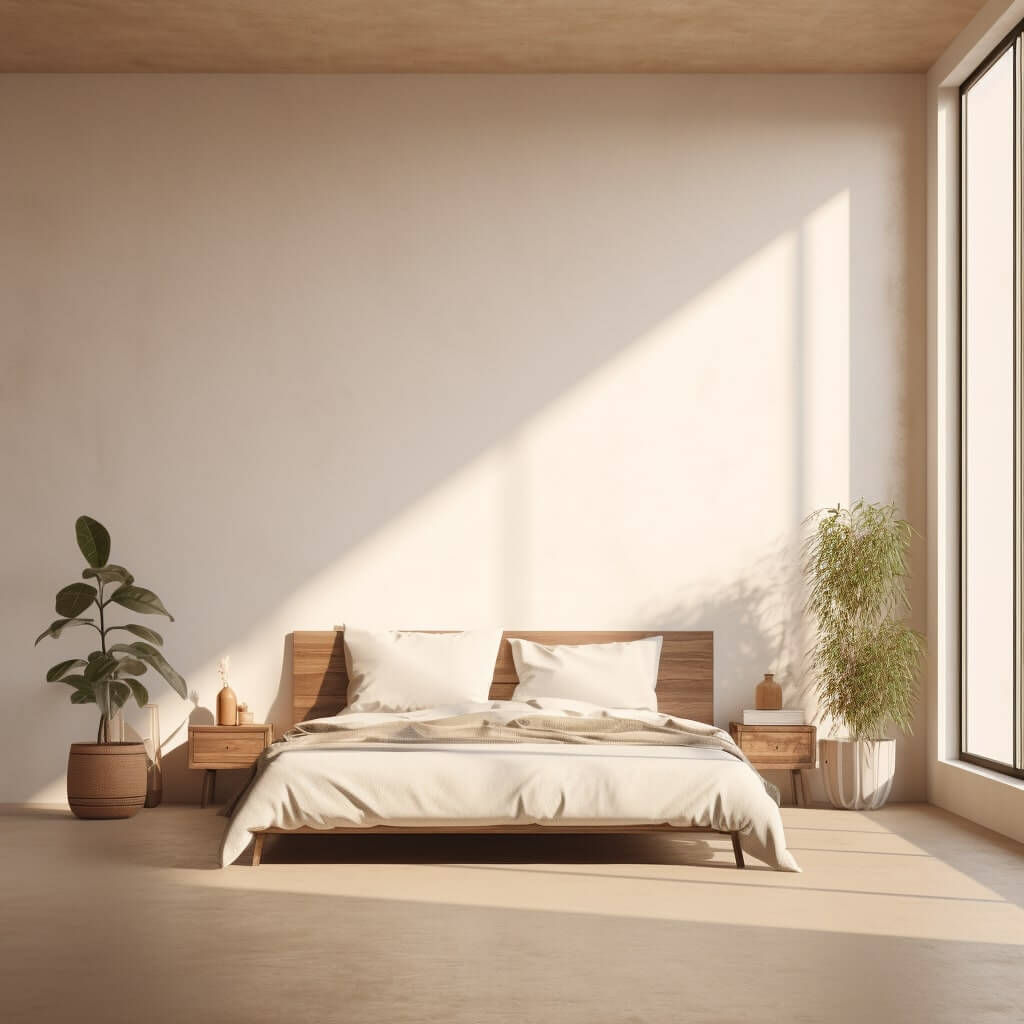
My Journey to Declutter
Becoming a minimalist took time, reflection and continuous decluttering. Here are the key steps I took over several years to pare down my home:
Step 1: Declutter Room by Room
I didn’t try to minimize my entire home at once. That felt too overwhelming. Instead, I worked through my home one room at a time.
I sorted items into “keep”, “donate”, and “trash” piles and didn’t allow myself to move to the next space until I’d made decisions about every single object.
Step 2: Adopt a “One In, One Out” Rule
After decluttering each room, I needed a system to avoid backsliding into clutter.
I implemented a strict policy – any new item had to replace an existing item. This prevented rampant accumulation and forced me to evaluate each purchase.
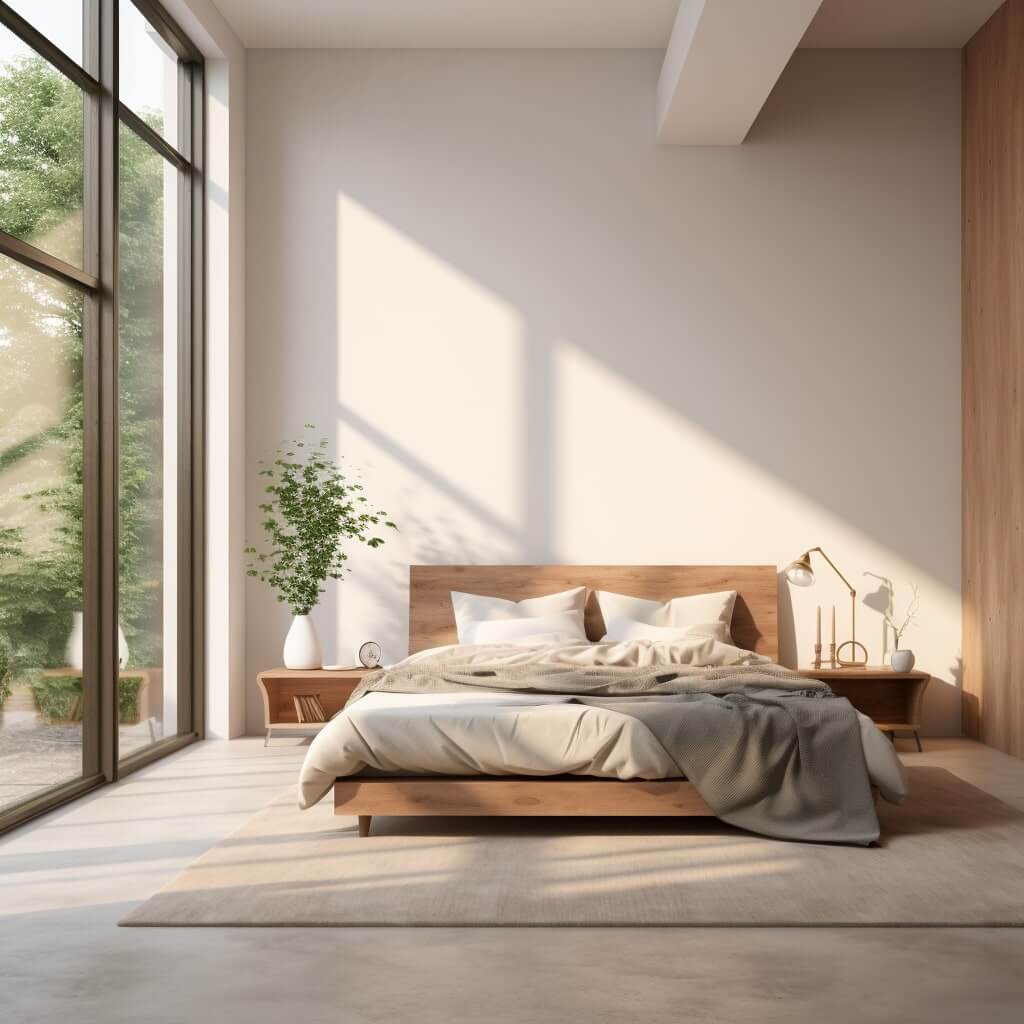
Step 3: Store Items Out of Sight
In my kitchen, closets, and dresser drawers, I stored away items I wasn’t using regularly. Out of sight, out of mind.
This kept surfaces tidy and made me appreciate items more when retrieving them.
Step 4: Only Keep the Essentials
With a more minimalist interior design mindset, I asked myself hard questions whenever I considered a new purchase – do I really need this? Will I use it often? Does it serve more than one purpose? This helped me hone in on essentials only.
Step 5: Choose Multifunctional Furniture
I sought out furniture and décor that could serve multiple purposes.
For example, I invested in a quality couch that converts into a bed for guests. And shelves do double-duty storing books and displaying art.
Step 6: Keep Iterating and Refining
Decluttering my home wasn’t a one-time project. As my needs and tastes evolve, I continue to refine. I regularly re-assess spaces and get rid of anything that no longer feels essential.
This editing process never ends.
By taking my time and setting up systems like “one in, one out”, decluttering didn’t feel overwhelming. I was able to shape my home into a minimalist oasis free of clutter and visual noise.
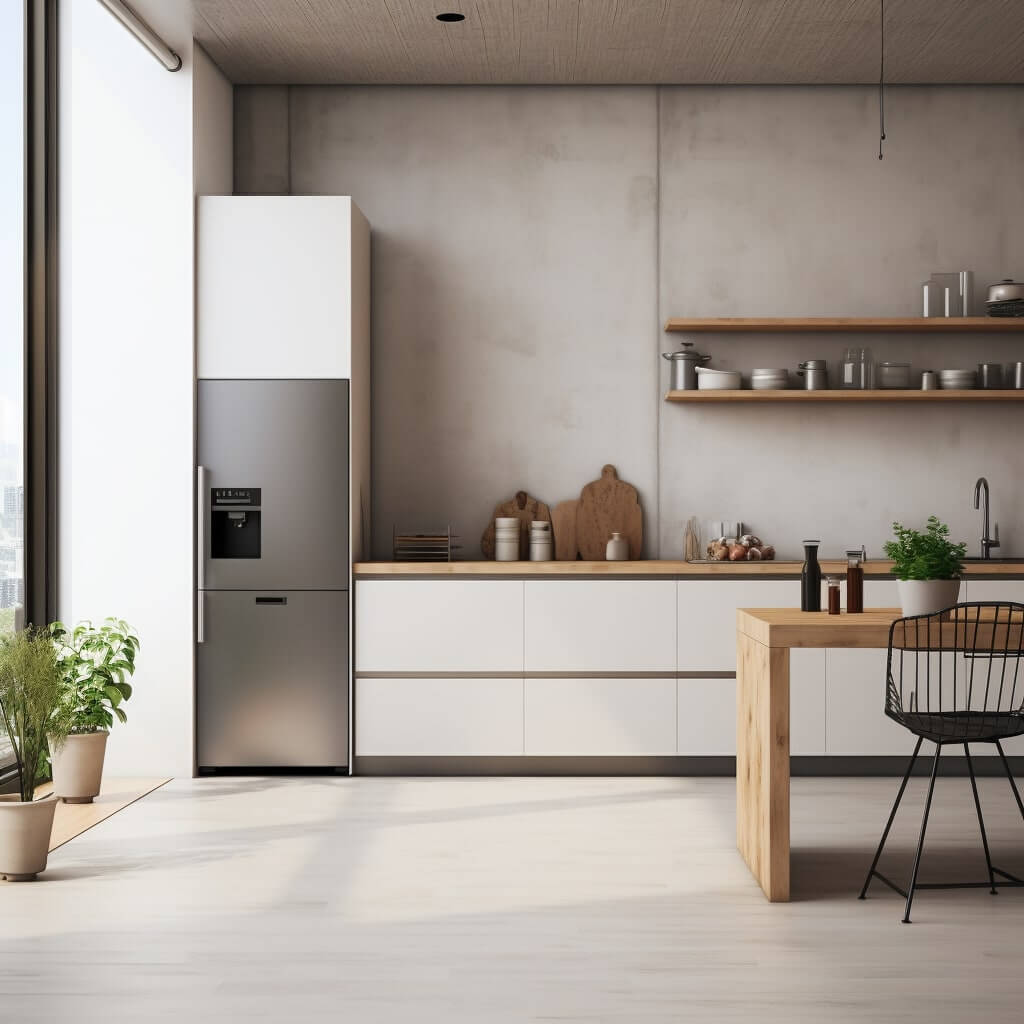
Design Elements of My Minimalist Home
Once I pared down my possessions, I turned my focus to the design elements that make my home quintessentially minimalist:
Color Palette
I opt for a muted, neutral color palette of whites, greys, and blacks in my furnishings, decorations, and architectural details. This creates a calm, soothing aesthetic. I’ll use navy blue and olive green for occasional pops of color.
Furniture
My furniture choices are intentional, with each piece serving more than one purpose. My coffee table, for instance, has hidden storage inside. And I prefer sleek, modular sofas over bulky sectionals. The lines are all simple and unembellished.
Accessories and Décor
I limit accessories like throw pillows, blankets, and wall art. Each piece must contribute to the minimalist interior design look and not feel visually cluttering. My accessories enhance my home rather than distract from the clean aesthetic.
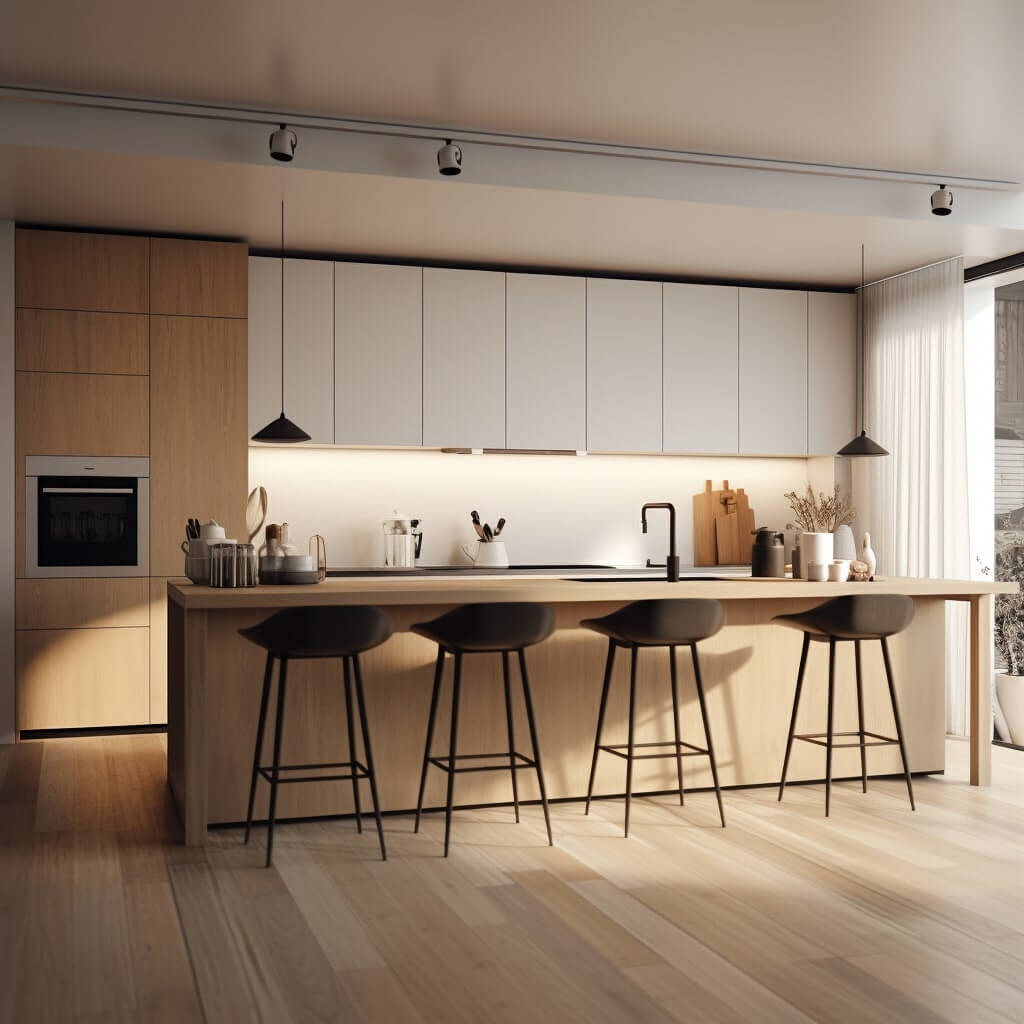
Lighting
I use plenty of natural light during the daytime, opening all my curtains and blinds. At night, lighting is vital to set the mood. I use dimmable bulbs, lamps, and well-placed track lighting. No area feels dark or cluttered.
Decluttered Surfaces
All surfaces like tables, dressers, and shelves remain clear, with just a few decorative objects for visual interest. Too many knick-knacks make a space feel chaotic instead of calm.
Flow and Multipurpose Spaces
My home flows well from room to room, with opportunities to repurpose areas for different needs.
For example, my dining table can double as a work surface, and seating can flexibly move into different configurations.
By carefully considering each element of my home, I’ve shaped a minimalist refuge that reduces stress and clutter. The atmosphere instills calm each day.
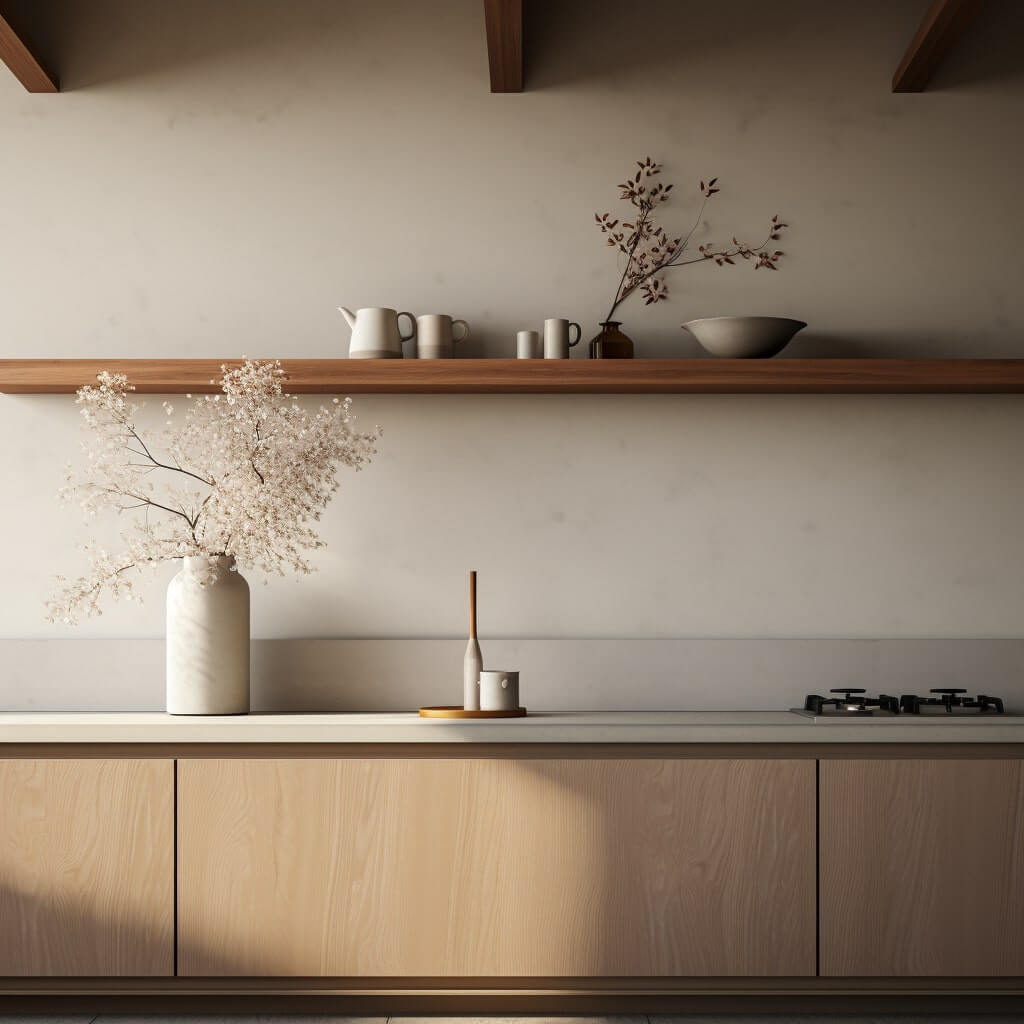
Tips for Maintaining a Clutter-Free, Minimalist Home
While establishing a minimalist interior design home took time and conscious effort, maintenance is much easier with helpful habits in place:
- Edit continuously – I’m always looking for new things I can purge from my home. I do one thorough edit per season to prevent clutter creeping back in.
- Never bring something in before something else leaves – That “one in, one out” rule remains critical to avoid accumulation.
- Use spaces for their intended purpose only – For example, I don’t fold laundry in my living room or work from bed. Items and clutter can quickly spread.
- Deep clean regularly – About twice per month, I do more thorough cleaning like dusting, vacuuming behind furniture, cleaning windows, etc. This resets spaces.
- Make objects earn their spot – Unless something is actively used or brings me joy, I get rid of it. Every single thing must serve a purpose in my minimalist home.
- Maintain storage and organization systems – Things have a designated spot. Ensuring everything stays in its place prevents messes.
- Welcome natural light – My home feels lighter, airier and less cluttered with light streaming in. I keep window treatments minimal.
With these habits, preserving my minimalist home is easy. Once the decluttering work is done, maintenance is straightforward.
A little effort daily or weekly prevents messes and chaos from accumulating.
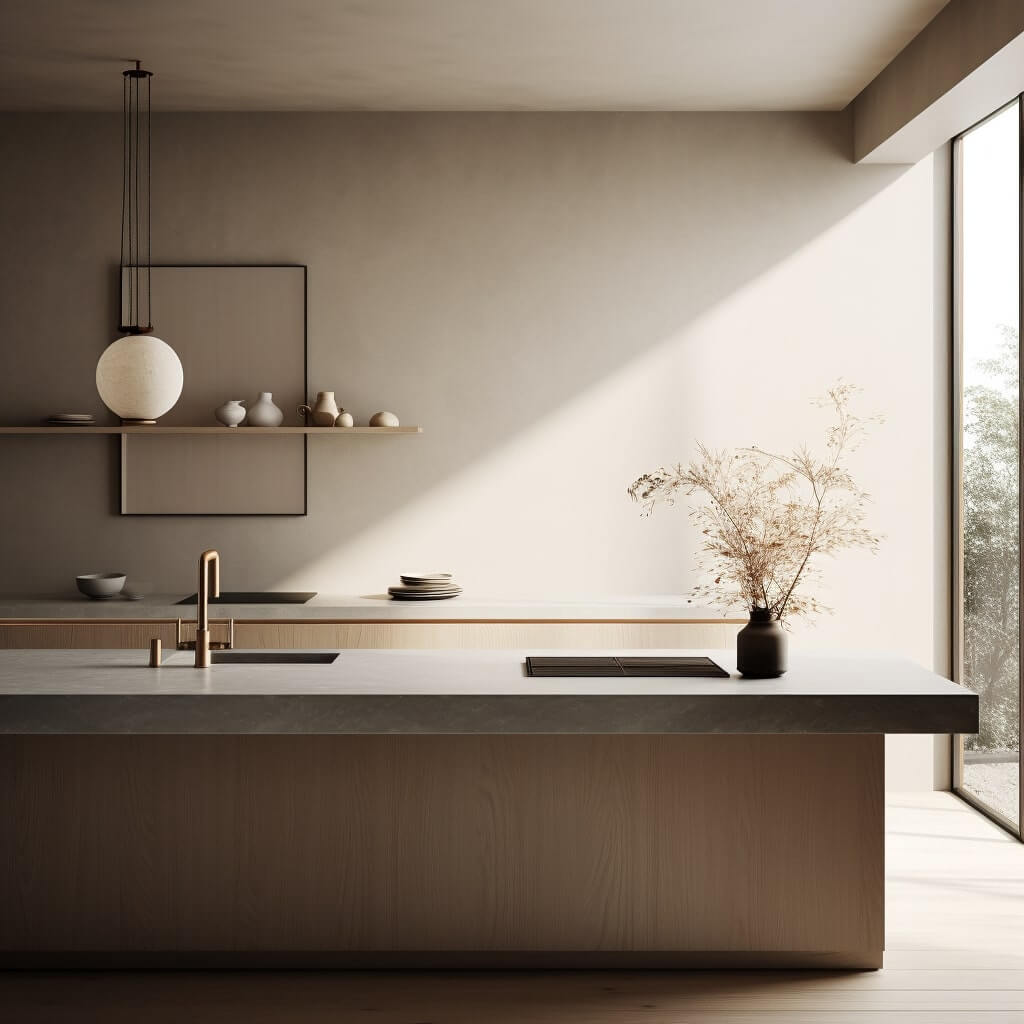
Minimalism Improved My Quality of Life
Adopting a minimalist design philosophy took concerted work over several years. But I’m incredibly satisfied living with less.
My home’s atmosphere instills calm and control. I spend time on what I value most rather than maintaining and organizing clutter.
While minimalism isn’t for everyone, living intentionally with only essential, useful possessions has profoundly improved my quality of life. Owning less has taught me how little we actually need to live and enjoy our homes. To me, minimalism means freedom – visually, mentally and emotionally.
If you’re considering paring down your home and possessions, remember to take it slowly. Decluttering shouldn’t feel overwhelming.
Work through your rooms methodically and stick to habits that will preserve your minimalist refuge once you’ve achieved it.
Soon you’ll be enjoying the benefits and peace minimalist interior design provides.
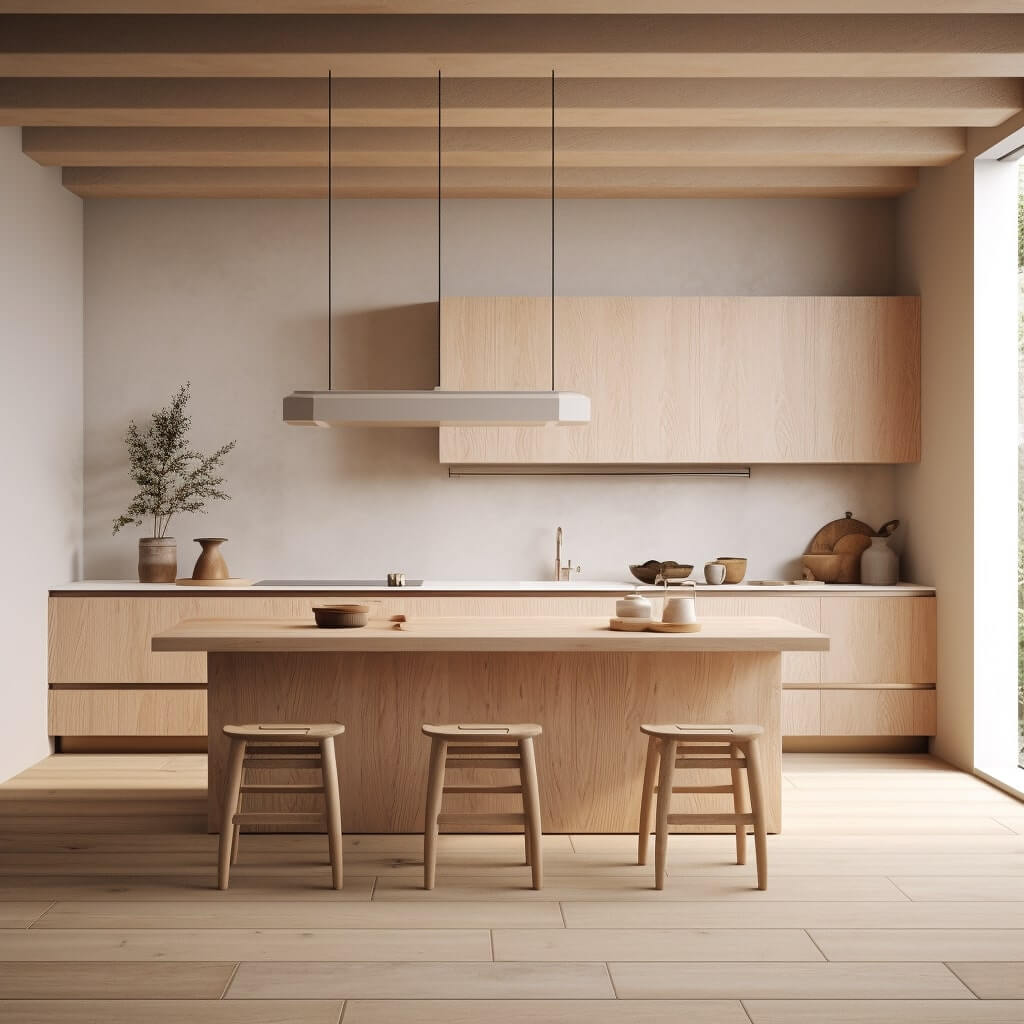
The Minimalist Lifestyle Extends Beyond My Home
While my journey to minimalism began by decluttering my living spaces, I’ve found the minimalist lifestyle naturally extending into other areas of my life as well.
This pared down ethos improves more than just my home environment.
Streamlining My Wardrobe
I applied the same principles of quality over quantity, multifunctionality, and focusing on essentials to declutter my closet and dresser.
I now own fewer, versatile, high-quality pieces that I love wearing, rather than a cluttered assortment of random impulse purchases.
I feel put together in my carefully curated wardrobe.
Simplifying My Finances
Without spending on unnecessary possessions, I’ve paid down debts and begun investing more.
Tracking my money feels simpler with fewer extraneous purchases made. A minimalist lifestyle helps me make more intentional financial decisions.
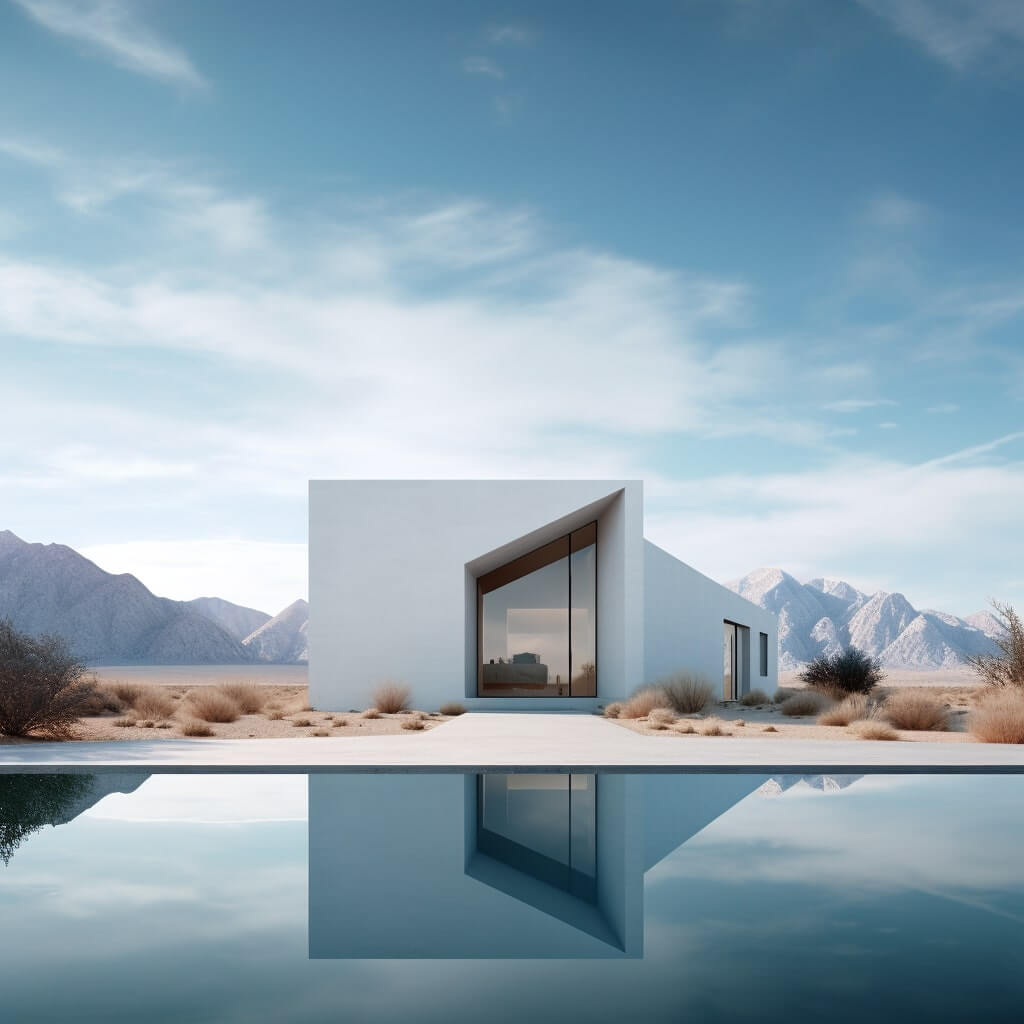
Reducing Digital Clutter
I deleted apps and accounts I rarely used and consolidated spaces like Google Drive for simplicity.
Too many digital spaces caused distraction – I aim for efficiency online just like in my home: digital minimalism.
Focusing on My Health
By cooking more often at home and opting for active hobbies over shopping and screens, minimalism helped boost my health.
I have energy for exercise and time to meal prep clean eats rather than ordering takeout.
Cultivating Meaningful Relationships
With fewer distractions at home and more time available, I nurture my closest relationships and invest in family and friends.
Decluttering my social circle along with my home felt refreshing.
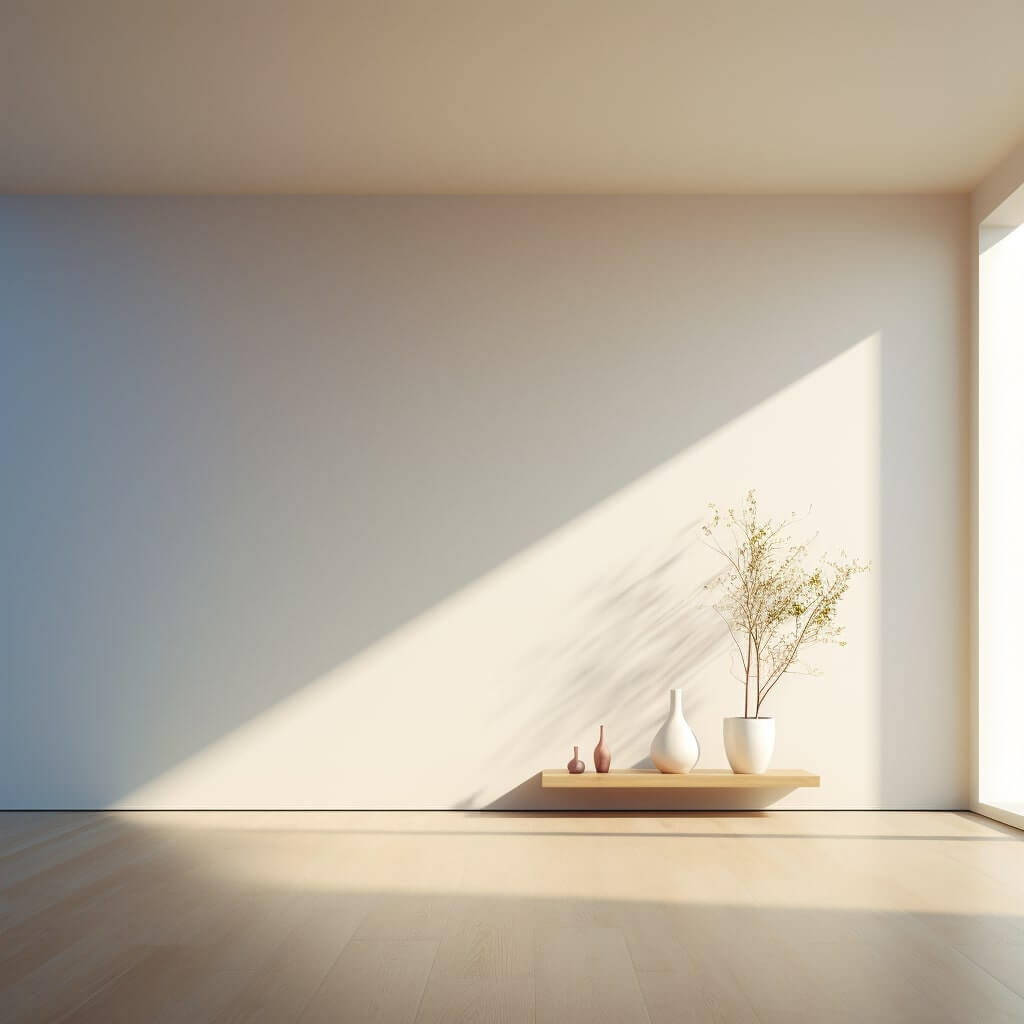
Improving My Creative Pursuits
Whether writing, painting or DIY projects, having an organized, clutter-free home provides mental clarity to be more creative.
Minimalism clears mental space for passion projects that enrichment my life.
While minimalist interior design was the catalyst, reducing clutter and excess improved my lifestyle holistically.
The benefits now spill far beyond my uncluttered living space as I declutter all aspects of life.
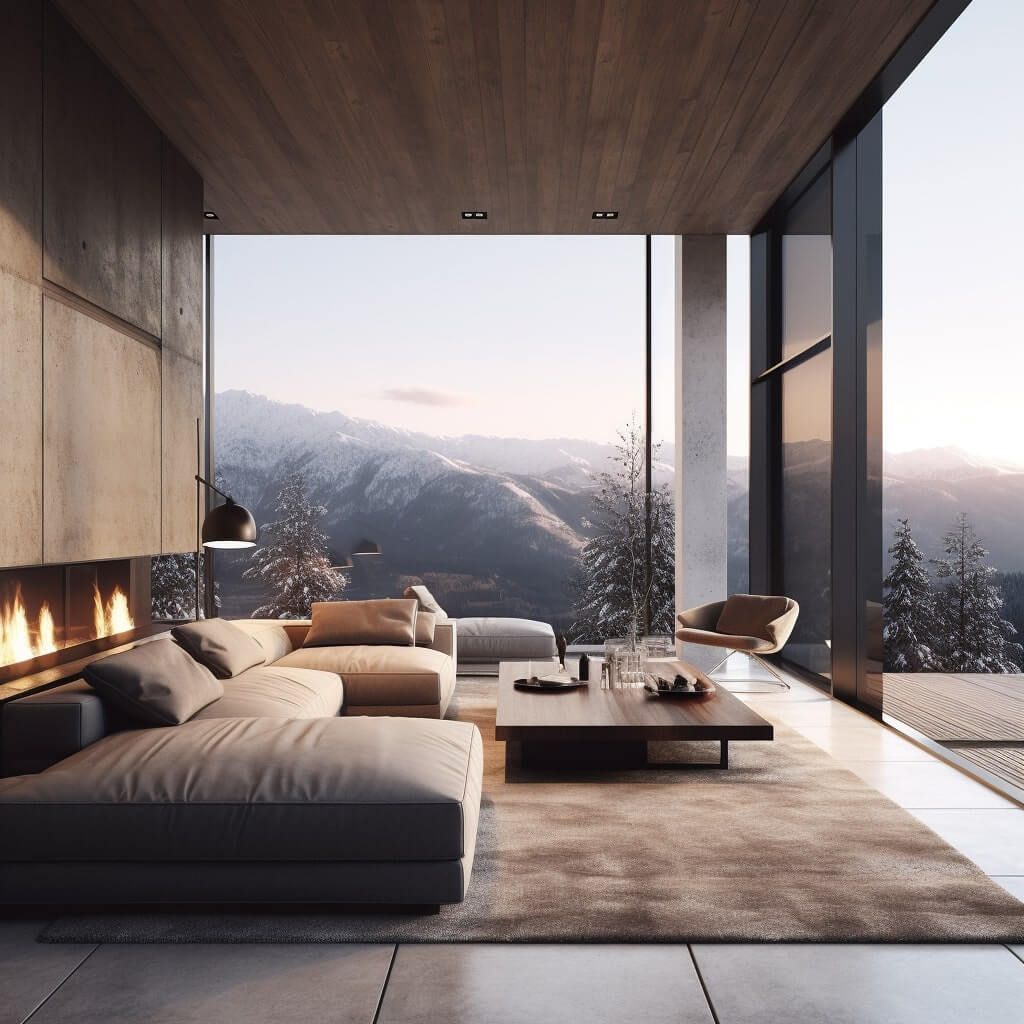
Looking Ahead: Continuing My Minimalist Journey
Now that I’m comfortably settled into my minimalist home, the journey doesn’t end here. As my family grows in the future, I’ll continue seeking balance between a clutter-free home and the realities of kids and pets.
The strict systems I implemented in my early 20s won’t always apply as my lifestyle evolves.
I know periodic reassessment will be key.
I may have to re-imagine certain spaces, like carving out dedicated playrooms for kids while keeping other rooms like my bedroom serene.
Parenthood may require compromise and a looser interpretation of minimalism at times.
But the mindset shift will remain.
Even during busy family seasons, I’ll remember that less truly is more.
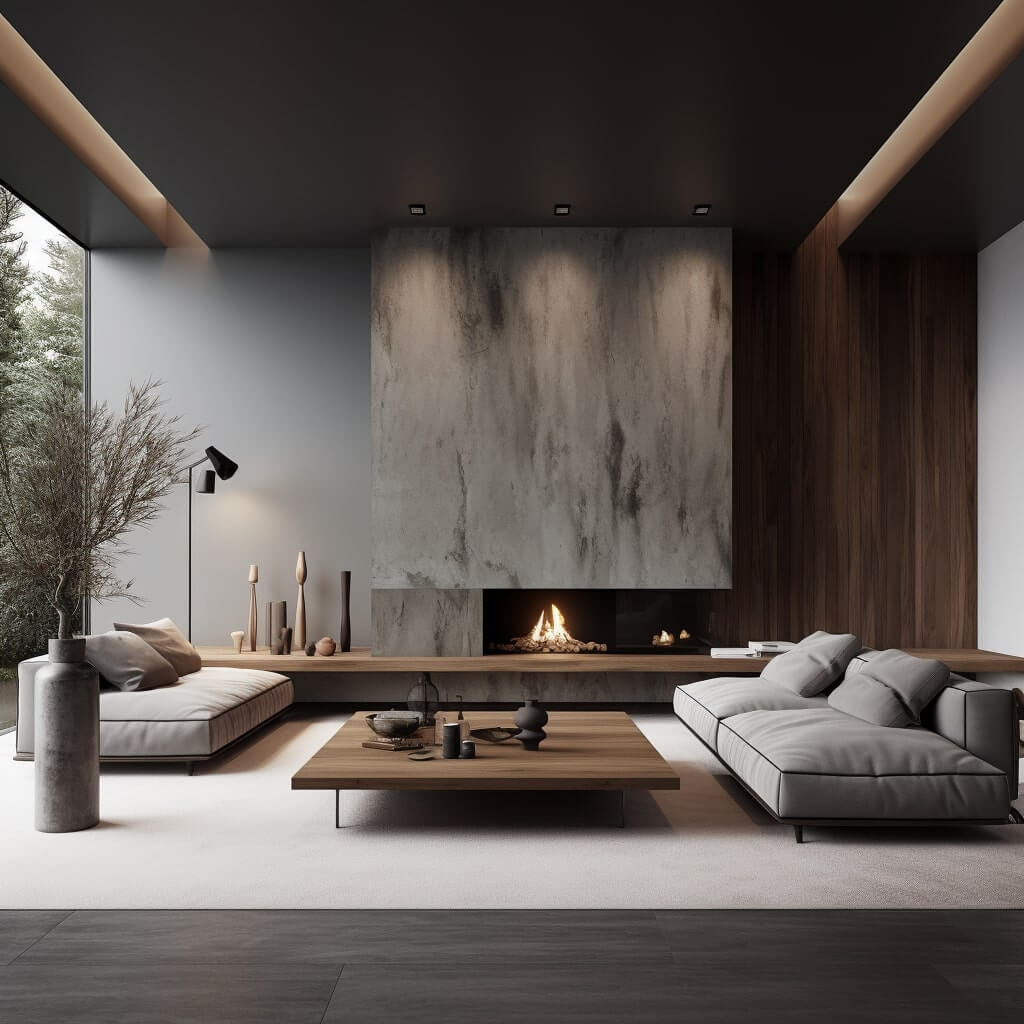
Kids don’t require an overflow of loud toys or overly ornate spaces. And pets certainly don’t care about décor details!
Having a calming, organized home will be better for the whole family.
No matter what life stage I’m in, I’m committed to the principles of living intentionally with less, removing visual clutter, and focusing on multipurpose belongings that serve my lifestyle.
Decluttering and editing is an ongoing journey as needs shift.
But now I have the tools and mindset to maintain a tranquil minimalist home while remaining flexible.
For those considering embarking on their own minimalist interior design journey, remember it’s not about perfection – it’s about progress and intentionality.
Start small and build momentum in phases. You may ebb and flow, but even keeping minimalist ideals in mind creates positive change.
Decluttering to live with less possessiveness positively impacts many aspects of life. The benefits I’ve gained from owning less are massive.
While an uncluttered home did spark my journey to minimalism, I’m grateful for how this mindset has influenced all aspects of my wellbeing.
It’s made me more present, grateful, healthy, focused and aligned on what matters most.
I encourage you to declutter your physical space and see how other areas also transform. The journey brings lasting fulfillment.
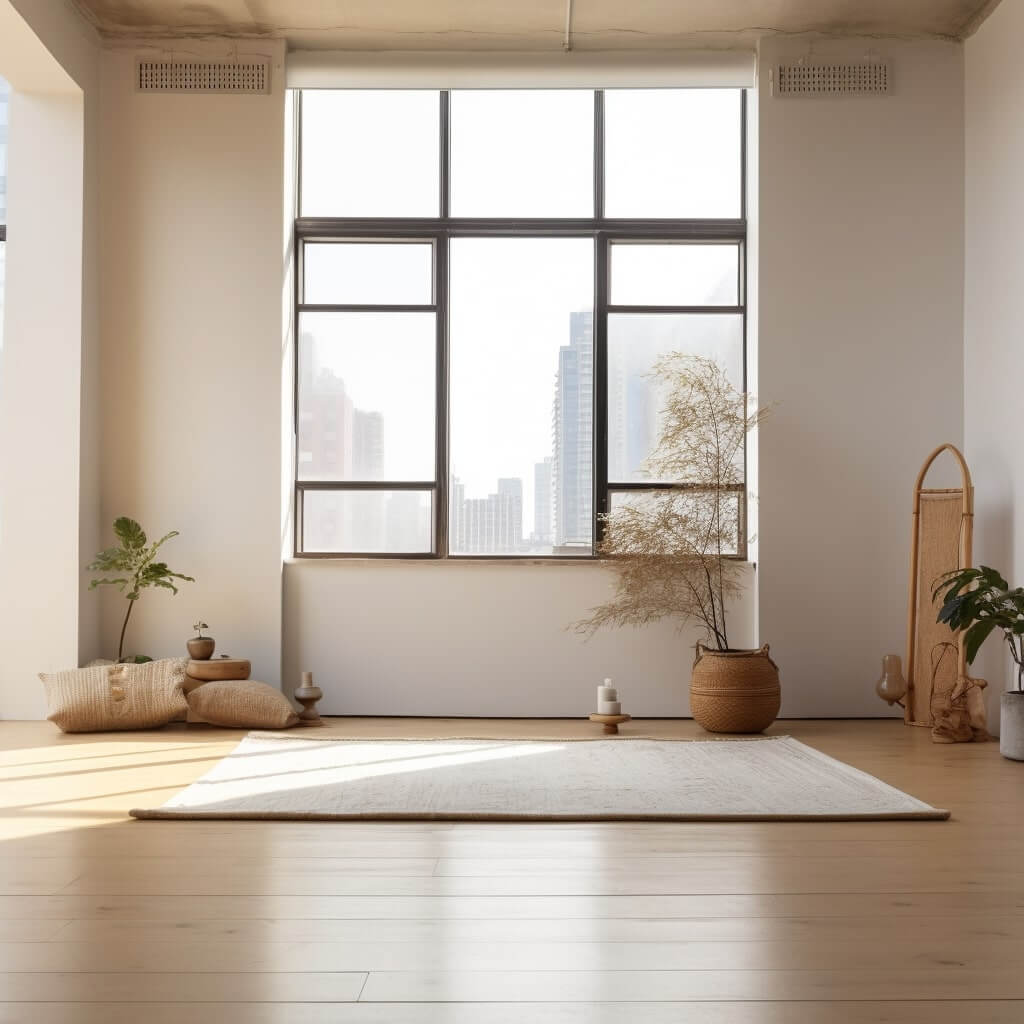
Minimalist Interior Design and Japandi Design
If you’re interesting in minilism through design – check out Japandi design too. Japandi style is the perfect marriage between Japanese minimalism and Scandinavian design’s functionality.
As an interior designer, I always look to Japandi for inspiration on how to masterfully blend simple, clean lines with purposeful design.
The emphasis on negative space in Japandi creates an airy feeling, despite the intentionality given to each item. Neutral tones and natural materials are given room to breathe.
This allows their inherent beauty to become the focal point rather than bright patterns or clutter.
Japandi has taught me the power of thoughtful curation in order to highlight the textures and grains of natural wood and textiles.
This minimalist interior design influence provides a sense of tranquility and focus.
From the use of shared principles, Japandi style has evolved into a genre that synthesizes the core techniques of both regions into a modern aesthetic. The intersection of Japanese and Scandinavian design continues to shape the world of interior design in imaginative new ways.
FAQs
What is minimalist interior design?
Minimalist interior design is a style characterized by simplicity, functionality, and the use of the least amount of furniture and detail to create a clean, uncluttered space.
What color schemes are used in minimalist design?
Minimalist design favors a monochromatic or restricted color palette, with white, black, and shades of gray being most common. Accents of color may be used sparingly.
What types of furniture are used in minimalist interior design?
Minimalist furniture is simple and functional, often geometric, with clean lines and no unnecessary details. The focus is on quality, not quantity.
How can I incorporate minimalist design into my home?
Start by decluttering and removing unnecessary items. Choose a simple color palette and quality, functional furniture. Avoid excessive decor and aim for a clean, open space.
Why is minimalist interior design popular?
Minimalism promotes a clutter-free, peaceful environment that can help reduce stress. It also emphasizes quality over quantity, leading to thoughtful and sustainable consumer behavior.
What is minimalist interior design style?
Minimalist interior design is a style emphasizing simplicity and functionality, using minimal furniture and neutral colors for a clean, uncluttered space.
What is warm minimalism?
Warm minimalism balances the simplicity of minimalism with warm colors, natural materials, and textured fabrics to create a cozy, inviting space.
When did minimalism become popular in interior design?
Minimalism gained popularity in interior design in the late 20th century, especially the 1960s, influenced by traditional Japanese design and modernist architecture.
Who is a famous minimalist interior designer?
John Pawson is a renowned British architect and designer known for his minimalist aesthetic.
What are the 3 characteristics of minimalism?
Minimalism is characterized by simplicity, functionality, and an emphasis on space over objects.
Are minimalists actually happier?
Minimalism can lead to happiness for some people by reducing clutter and stress, fostering a sense of control, and emphasizing quality over quantity.
Which color scheme is mostly used in minimalist designs?
Minimalist designs primarily use a monochromatic or restricted color scheme, with white, black, and shades of gray being most common.
What is a modern minimalist?
A modern minimalist combines the simplicity of minimalism with contemporary design elements, featuring clean lines, simple shapes, and a restricted color palette.
What are the key features of minimalist design?
Minimalist design features include a limited color palette, functional furniture, clean lines, uncluttered spaces, and minimal decor.


